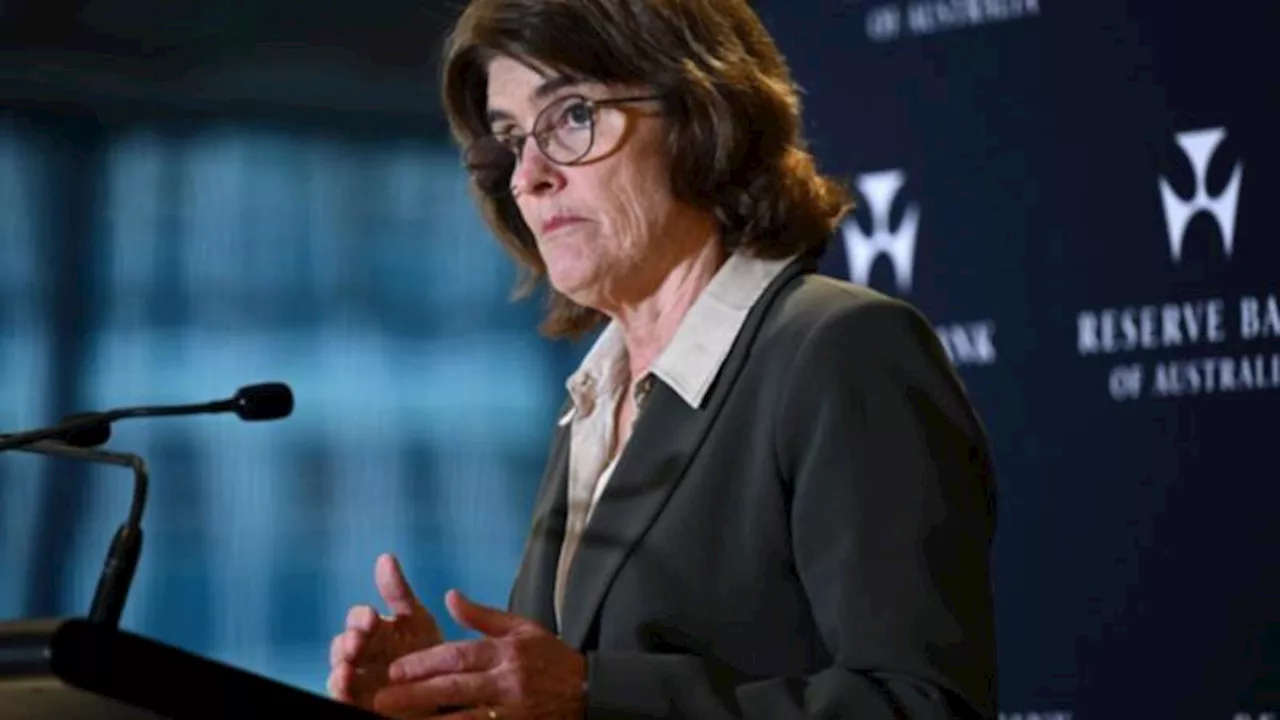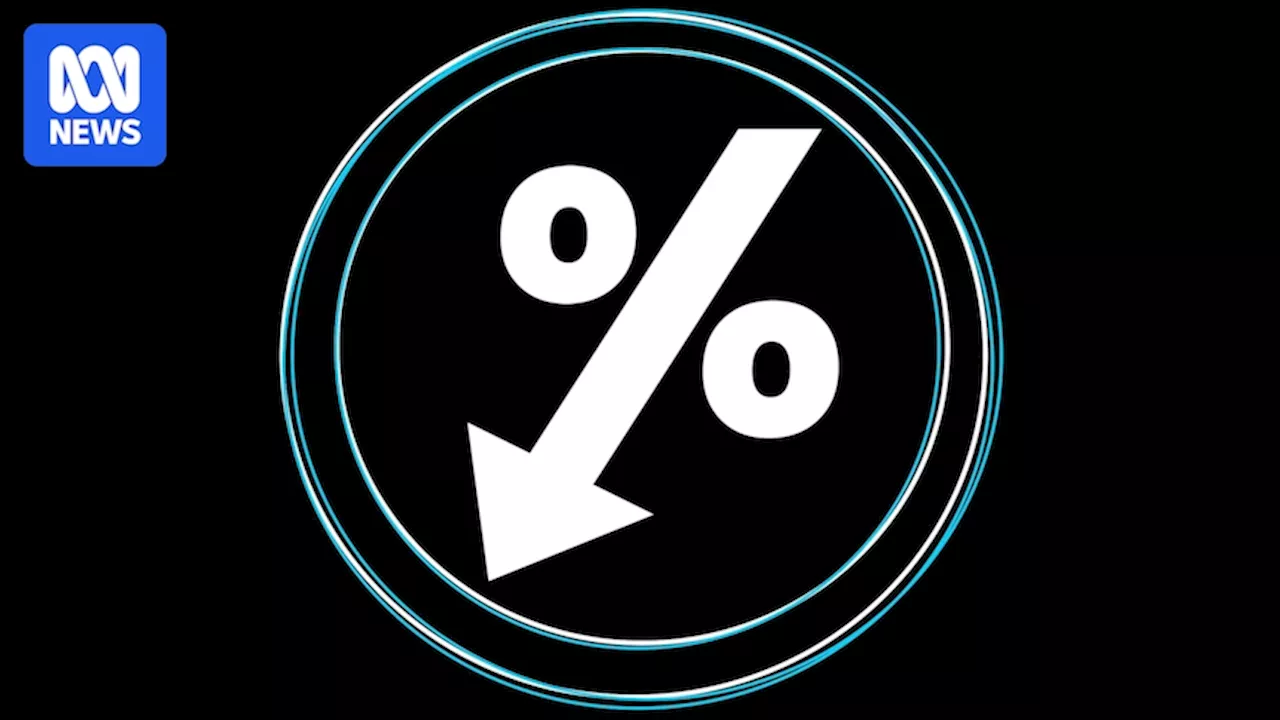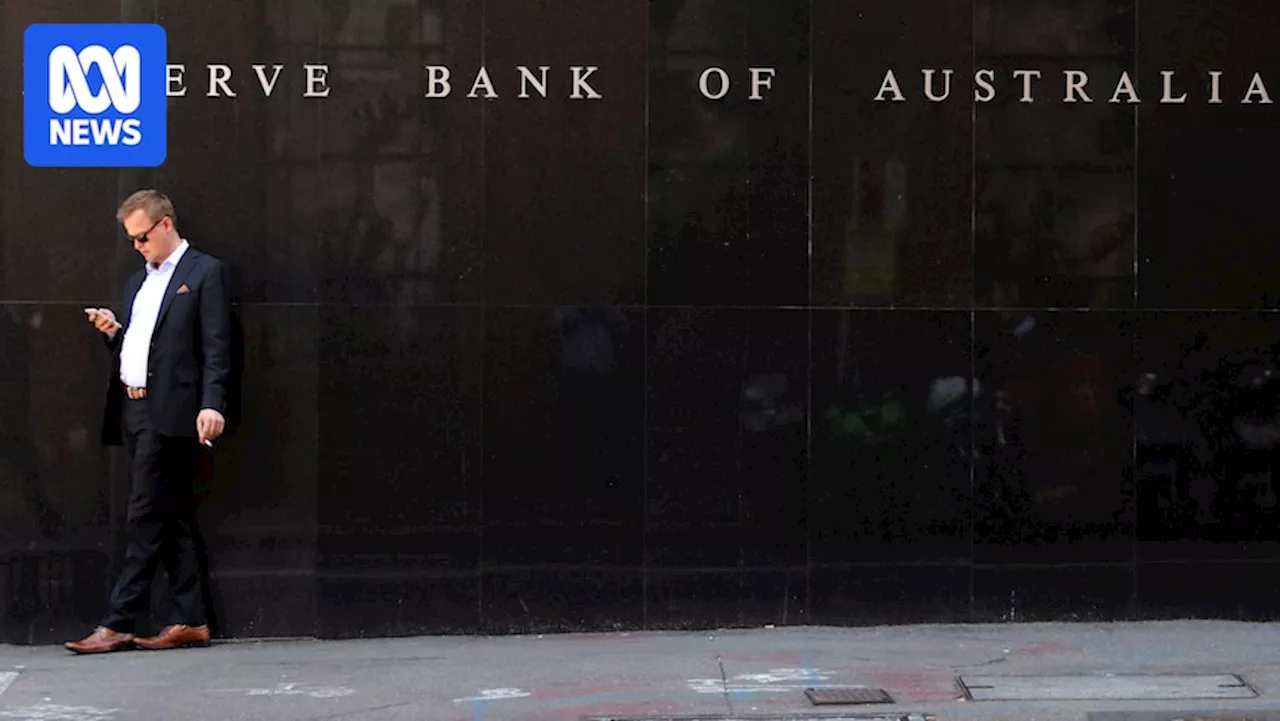This article analyzes the possibility of an interest rate cut by the Reserve Bank of Australia (RBA) in February, focusing on the role of the NAIRU (Non-Accelerating Inflation Rate of Unemployment) and its relationship with current unemployment levels. It explores the RBA's unconventional approach to monetary policy, where interest rates are adjusted based on unemployment rather than inflation, and examines the impact of declining unemployment on the likelihood of a rate cut. The article also delves into the debate surrounding the correct estimation of the NAIRU, highlighting differing viewpoints among economists and policymakers.
At 11:30am on Wednesday this week, the Australian Bureau of Statistics (ABS) will announce the December quarter inflation rate, drawing the attention of economists, bankers, and mortgage holders across the nation. If the rate comes in as expected, low, many anticipate the Reserve Bank of Australia ( RBA ) will lower interest rates at its next meeting on February 17.However, it's crucial to understand that the RBA operates differently than one might initially assume.
The RBA cuts interest rates when unemployment rises, not when inflation decreases. This seemingly counterintuitive approach stems from the fact that the statistics upon which the RBA bases its decisions reflect past trends, while its focus lies in shaping the future.The RBA is primarily concerned with current unemployment levels, as they directly influence future wage growth, consumer confidence, and ultimately, demand and prices. For instance, the unemployment rate has been steadily declining, reaching 4 percent in December, down from 4.2 percent in July. This downward trend makes it highly unlikely that the RBA will cut interest rates at the upcoming meeting. In the past 50 years, the RBA has only adjusted interest rates downwards twice while unemployment was declining: during the Asian crisis and US tech boom in the late 1990s, and between 2014 and 2019 when inflation remained persistently low. Neither of these scenarios applies to the current economic climate.While the Australian dollar has experienced some depreciation, it hasn't reached the dramatic lows seen in the late 1990s and appears to have stabilized recently. By the time the outgoing RBA board convenes for its final meeting in February, the December quarter CPI data released on Wednesday will already be six weeks old. While this historical information holds some value, its relevance to monetary policy decisions, which can take months, even years to impact the economy, is limited. The key factor determining future inflation is a complex interplay of various elements, including the unemployment rate, as it influences wage growth, consumer confidence, and demand, ultimately shaping prices. To address this inherent ambiguity, economists often rely on acronyms. In this case, they have coined the term NAIRU, which stands for 'non-accelerating inflation rate of unemployment'. This acronym, originally 'NIRU' (non-inflationary rate of unemployment), was introduced in 1975 by Nobel laureate economists Francis Modigliani and Lucas Papademos. It aimed to replace the phrase 'natural rate of unemployment', a concept also recognized with Nobel Prizes by Milton Friedman and Edmund Phelps. The acronym was deemed more palatable than the frankly uncaring phrase it replaced.Since its inception, the primary responsibility of central bankers has been to determine the NAIRU and adjust interest rates accordingly. Therefore, the crucial figure that will ultimately dictate whether there is an interest rate cut next month is not the December quarter CPI but the RBA's estimation of the current NAIRU and its relationship to the current unemployment rate of 4 percent.The ABS will announce the January unemployment rate two days after the February RBA board meeting, meaning the RBA will not have access to the latest data on wage growth either, which is released a day after the February meeting. The RBA's last estimate of the NAIRU suggests that unemployment needs to reach 4.5 percent for inflation to stabilize. This figure is unlikely to be reached within a short timeframe.However, growing external opinion suggests that the actual NAIRU might be lower than the RBA's current assessment. Treasury secretary Stephen Kennedy stated in November that 'Treasury estimates that the NAIRU is around 4.25 percent'. Other economists concur with this view, estimating the NAIRU to be closer to 4 percent. Gareth Aird of Commonwealth Bank, in a November note, proposed that the RBA's 4.5 percent estimate could be overly optimistic, citing the softer-than-expected 0.8 percent lift in the September quarter Wage Price Index (WPI). Aird argues that on a six-month annualized rate, wage growth stands at 3.2 percent, a development consistent with returning inflation to the RBA's 2-3 percent target range.
Interest Rates RBA NAIRU Unemployment Inflation Monetary Policy Australian Dollar
Australia Latest News, Australia Headlines
Similar News:You can also read news stories similar to this one that we have collected from other news sources.
 Falling core inflation raises odds of RBA trimming interest rates in FebruaryA fall in the Reserve Bank's preferred measure of inflation has increased the odds of an interest rate cut in February.
Falling core inflation raises odds of RBA trimming interest rates in FebruaryA fall in the Reserve Bank's preferred measure of inflation has increased the odds of an interest rate cut in February.
Read more »
 ANZ predicts RBA could deliver first rates cut in February7NEWS brings you the latest local news from Australia and around the world. Stay up to date with all of the breaking sport, politics, entertainment, finance, weather and business headlines. Today's news, live updates & all the latest breaking stories from 7NEWS.
ANZ predicts RBA could deliver first rates cut in February7NEWS brings you the latest local news from Australia and around the world. Stay up to date with all of the breaking sport, politics, entertainment, finance, weather and business headlines. Today's news, live updates & all the latest breaking stories from 7NEWS.
Read more »
 Macquarie Bank trims fixed rates weeks before RBA’s February meeting7NEWS brings you the latest local news from Australia and around the world. Stay up to date with all of the breaking sport, politics, entertainment, finance, weather and business headlines. Today's news, live updates & all the latest breaking stories from 7NEWS.
Macquarie Bank trims fixed rates weeks before RBA’s February meeting7NEWS brings you the latest local news from Australia and around the world. Stay up to date with all of the breaking sport, politics, entertainment, finance, weather and business headlines. Today's news, live updates & all the latest breaking stories from 7NEWS.
Read more »
 Australian Dollar Under Pressure: Will the RBA Intervene?The Australian dollar has experienced a significant decline in recent weeks, prompting speculation about a possible intervention by the Reserve Bank of Australia (RBA). The article explores the factors contributing to the Aussie's weakness, including US interest rate expectations, China's economic outlook, commodity prices, and global economic sentiment.
Australian Dollar Under Pressure: Will the RBA Intervene?The Australian dollar has experienced a significant decline in recent weeks, prompting speculation about a possible intervention by the Reserve Bank of Australia (RBA). The article explores the factors contributing to the Aussie's weakness, including US interest rate expectations, China's economic outlook, commodity prices, and global economic sentiment.
Read more »
 RBA Rate Cut Expectations for 2025Economists and financial markets predict an interest rate cut by the Reserve Bank of Australia in 2025. May is seen as a likely month for the first cut, with February also having a high chance.
RBA Rate Cut Expectations for 2025Economists and financial markets predict an interest rate cut by the Reserve Bank of Australia in 2025. May is seen as a likely month for the first cut, with February also having a high chance.
Read more »
 Macquarie Bank Cuts Fixed-Rate Home Loans Ahead of RBA MeetingMacquarie Bank has lowered interest rates on three of its fixed-rate home loans, possibly setting off a competitive response from other lenders as the Reserve Bank of Australia's first meeting of the year approaches. The move comes ahead of the central bank's February 18 decision on interest rates, with economists increasingly predicting a cut.
Macquarie Bank Cuts Fixed-Rate Home Loans Ahead of RBA MeetingMacquarie Bank has lowered interest rates on three of its fixed-rate home loans, possibly setting off a competitive response from other lenders as the Reserve Bank of Australia's first meeting of the year approaches. The move comes ahead of the central bank's February 18 decision on interest rates, with economists increasingly predicting a cut.
Read more »
